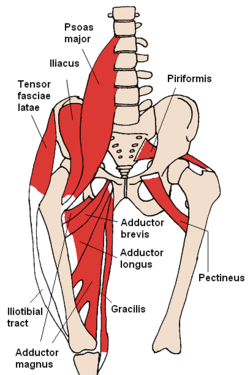Can You Pass the Test? Dynamic Balance Test
Video by http://www.builtlean.com/
How did you do? I definitely need practice and am a bit wobbly. I didn’t feel particularly unstable riding in my saddle on Twistur at a walk, but I had my eyes open and wasn’t standing on one leg.
Dr. David Thurman, a neurologist for the American Academy of Neurology explains to maintain balance “there are several components of the nervous system, as well as motor or movement functions, that need to be intact.” Maintaining balance we need at least 2 of the 3 components: vision, proprioception and vestibular function. We also need the strength and flexibility to hold ourselves against gravity. “All of these,” Dr. Thurman said, “tend to degrade with age…” Unlike many effects of aging, balance can be improved. “The preponderance of evidence,” Dr. Thurman said, “shows fairly convincingly that strength and balance training can reduce the rate of falls by up to about 50 percent.” (1) This is good news for improving balance for riding too.
I used to have good balance. I have already made improvements in my balance in just the last couple of weeks with practice. I’m finding ways to practice balance during the day. While doing simple daily tasks, I’ll hold up a leg. A short practice multiple times a day is optimal for improving balance. I’ll lift the leg a bit and move it forward, back and to the side as I fill up the horse water or brush my teeth. Holding onto a small tree branch by one of the water buckets provides some stability while allowing more dynamic balancing than a solid object like a chair.
Footnote (1): From “The New York Times” article “Staying on Balance, With the Help of Exercises” by John Hanc Published: 09/15/2010

